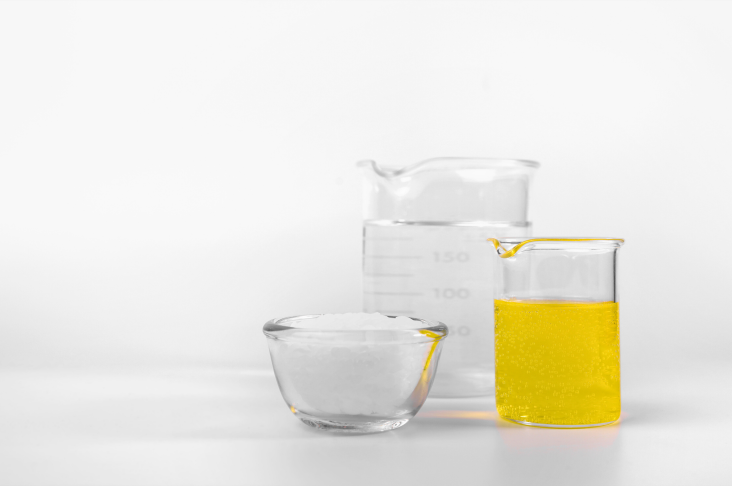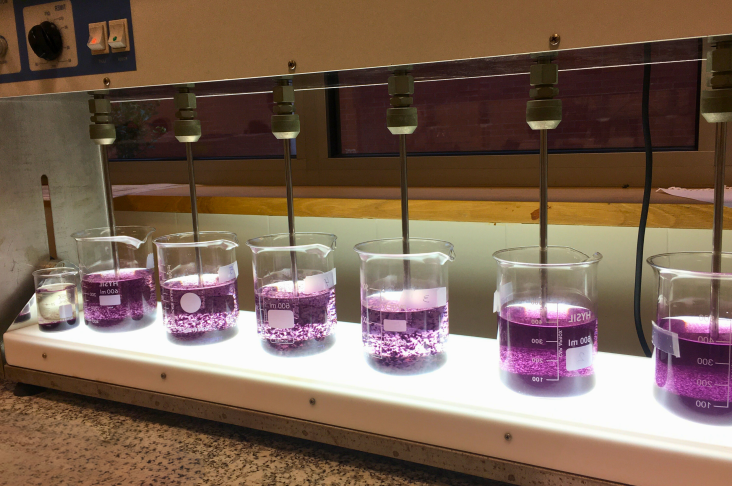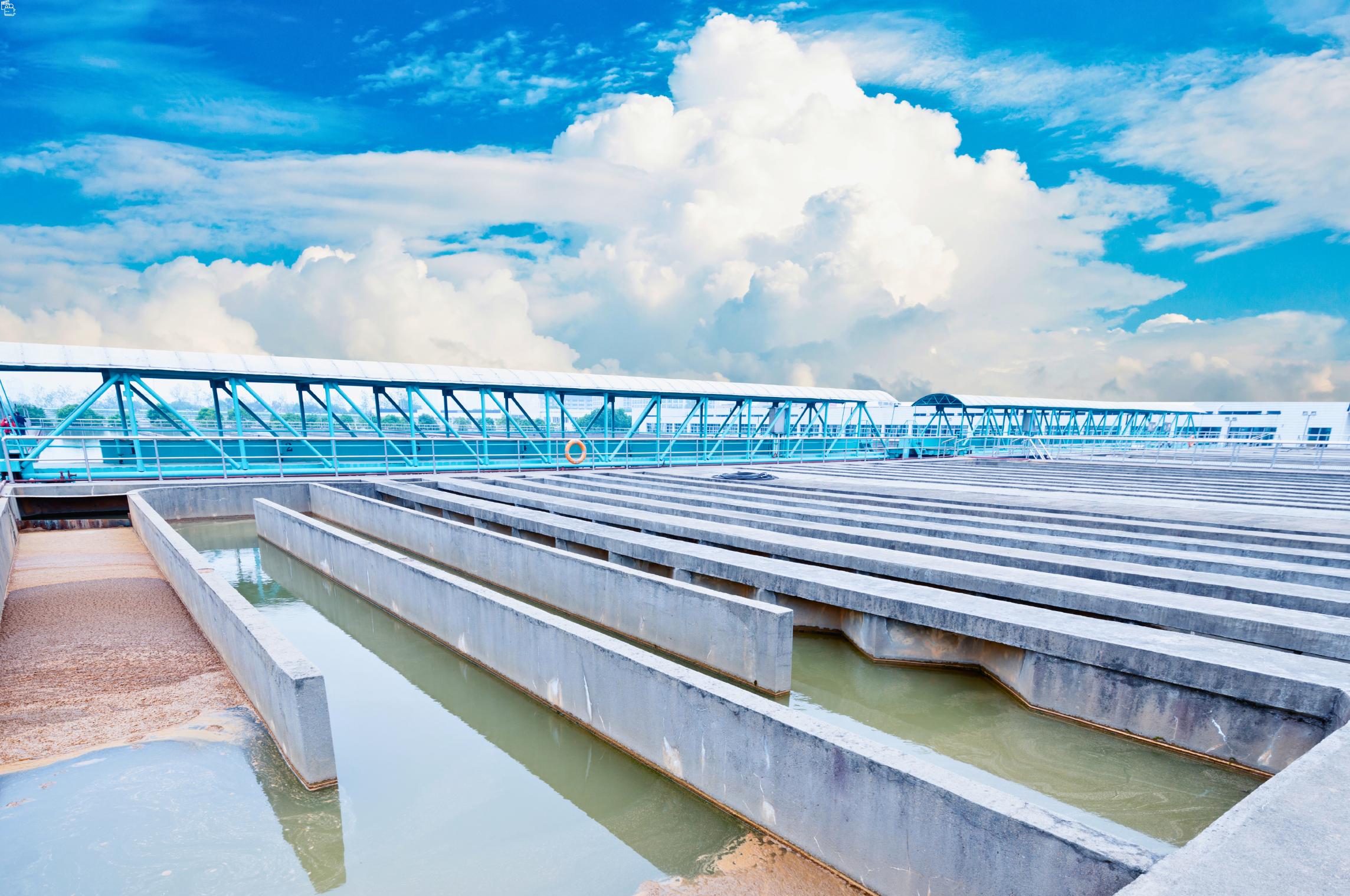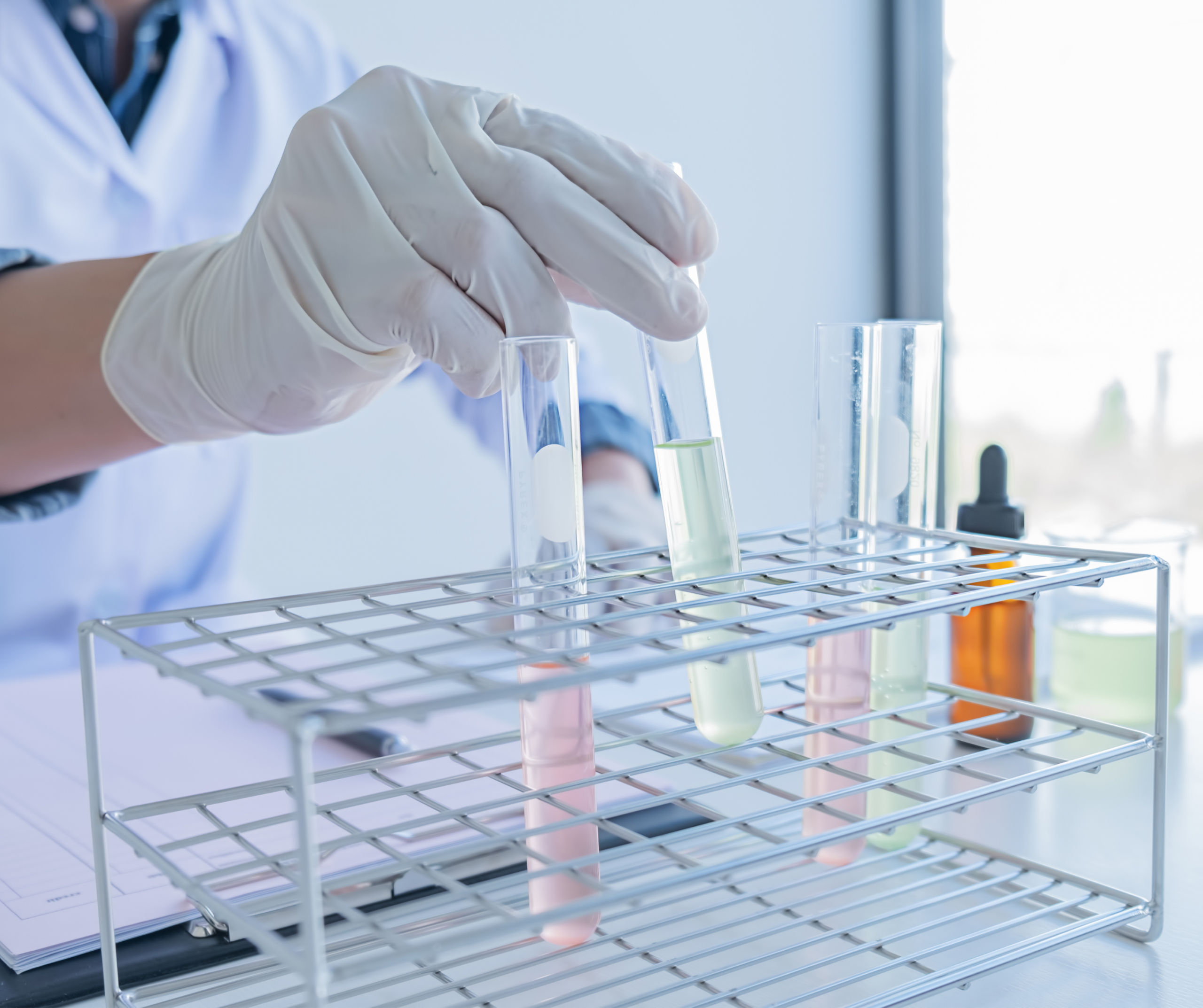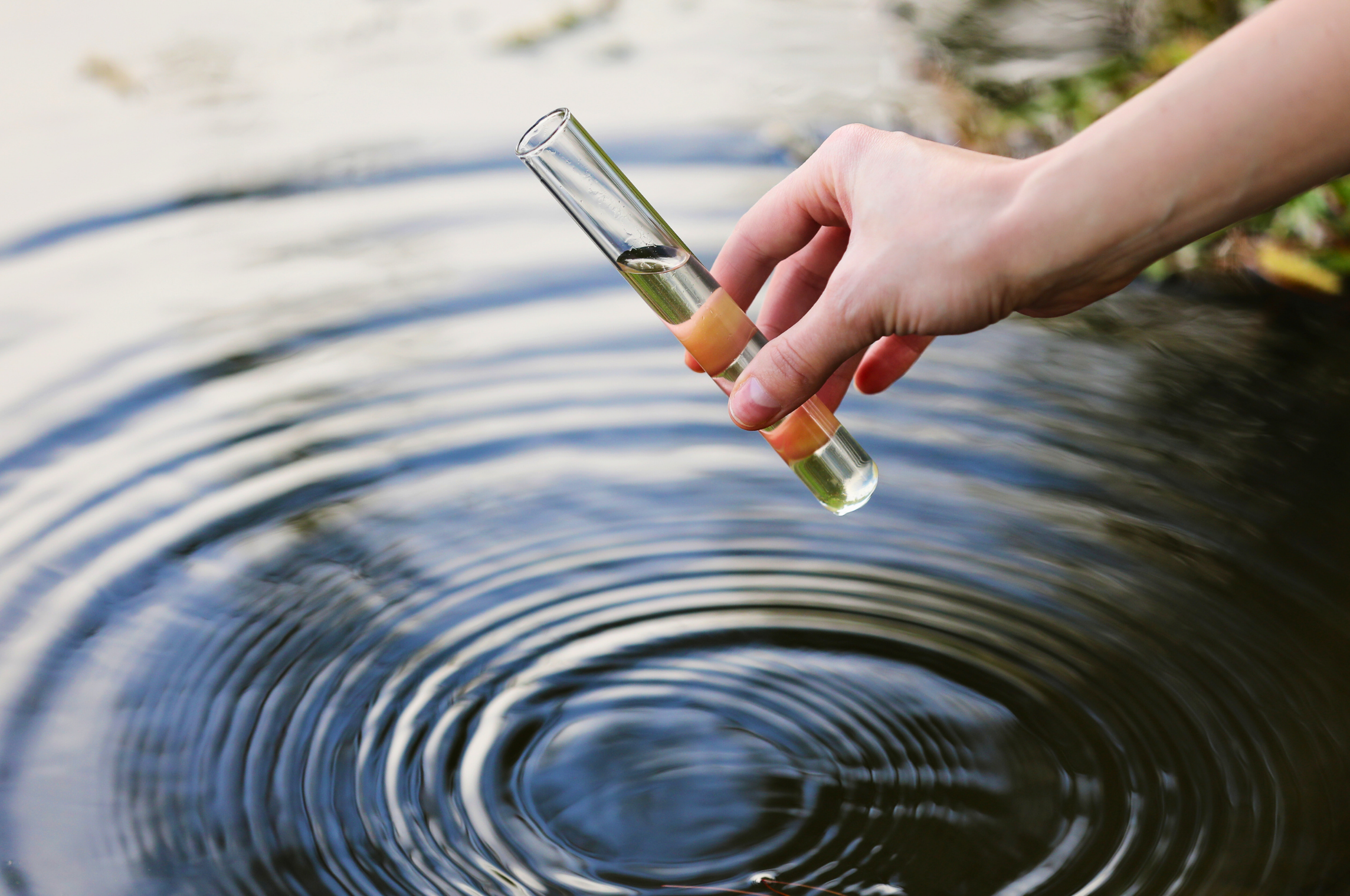Polyelectrolytes are water-soluble polymers that carry ionic charges along their chains. Depending on the type of charge, they are classified as either anionic or cationic. Anionic polyelectrolytes are commonly used as flocculants in treatment processes.
Polyelectrolytes can have a wide range of molecular weights and charge densities. Homopolymers of acrylamides are also considered part of the polyelectrolyte family; however, since they do not carry ionic charges, they are classified as nonionic polyelectrolytes. They are widely used in many fields such as water treatment, petroleum refining, color removal, paper production, and mining operations.
Although polyelectrolytes are generally flocculants, depending on their molecular weight, they can also act as deflocculants. In flocculation, they are used to achieve solid–liquid separation, while in deflocculation, they serve as dispersing agents.
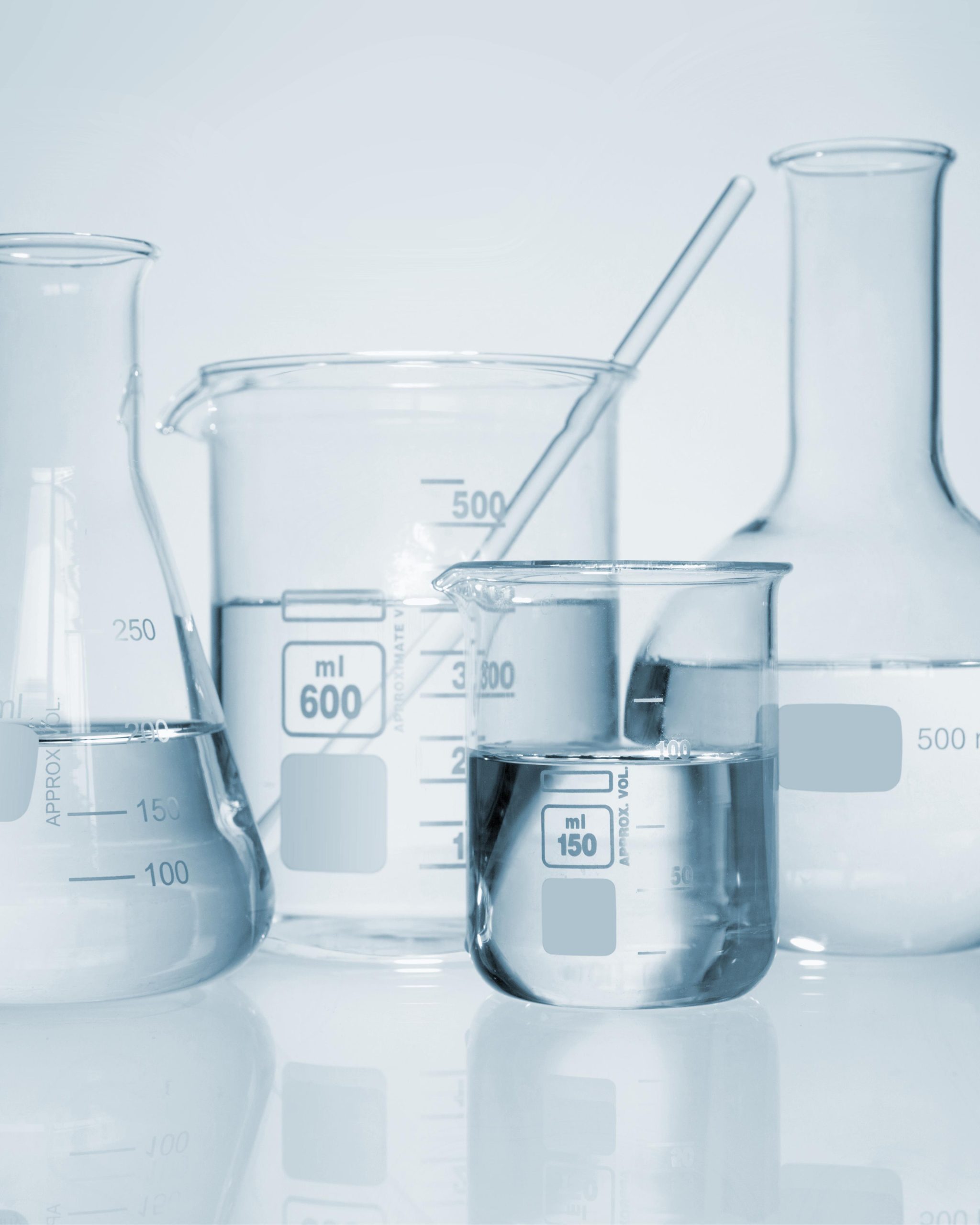
- Available in powder/granular form.
- Prepared and used at 0.05% concentrations.
- Comes in various molecular weight forms.
- Used in conventional treatment processes as a coagulant aid.
- Reduces coagulant consumption.
- Depending on the characteristics of the dosed water, it can also act as a coagulant.
- Easily soluble in water and simple to prepare.
Polyamine Technical Data
| Ionic Nature: | Cationic |
| Appearance: | White granule |
| Molecular Weight: | Various |
| Density: | 0.7 g/cm³ |
| pH (Solution): | 3–7 |
| Viscosity: | 200–300 cps (at 0.1%) |



